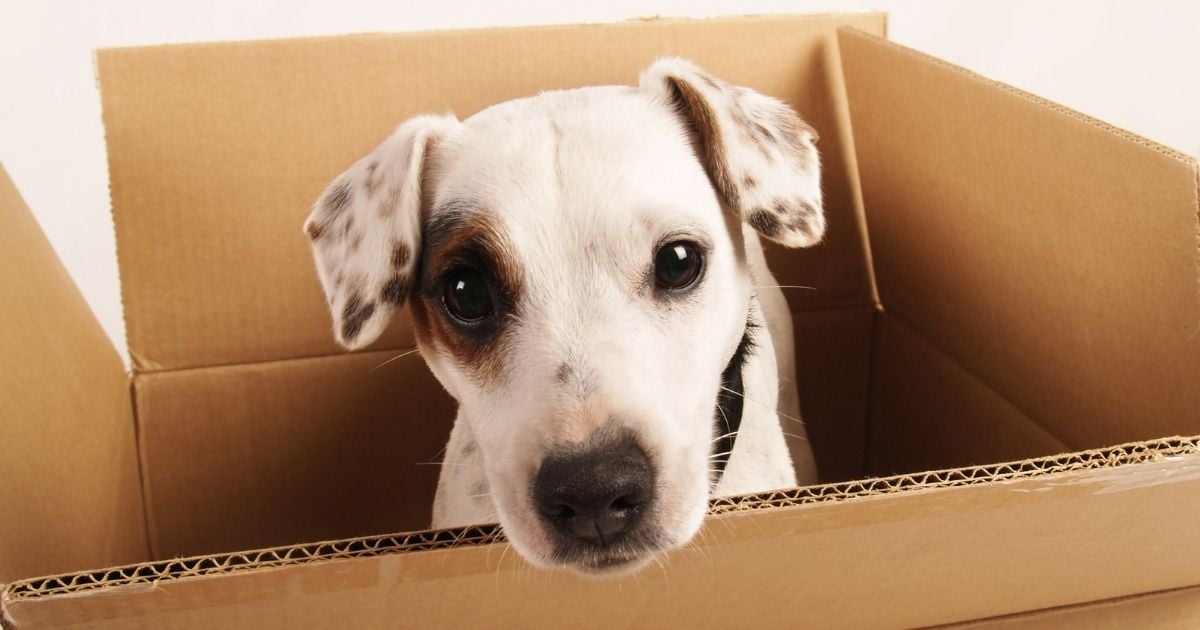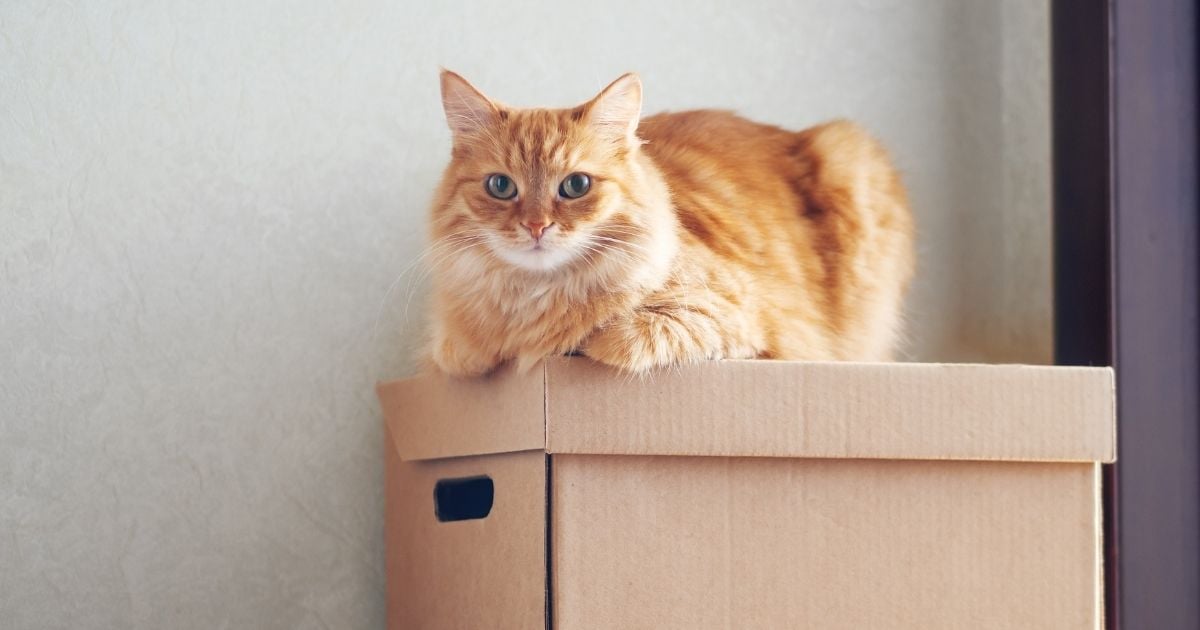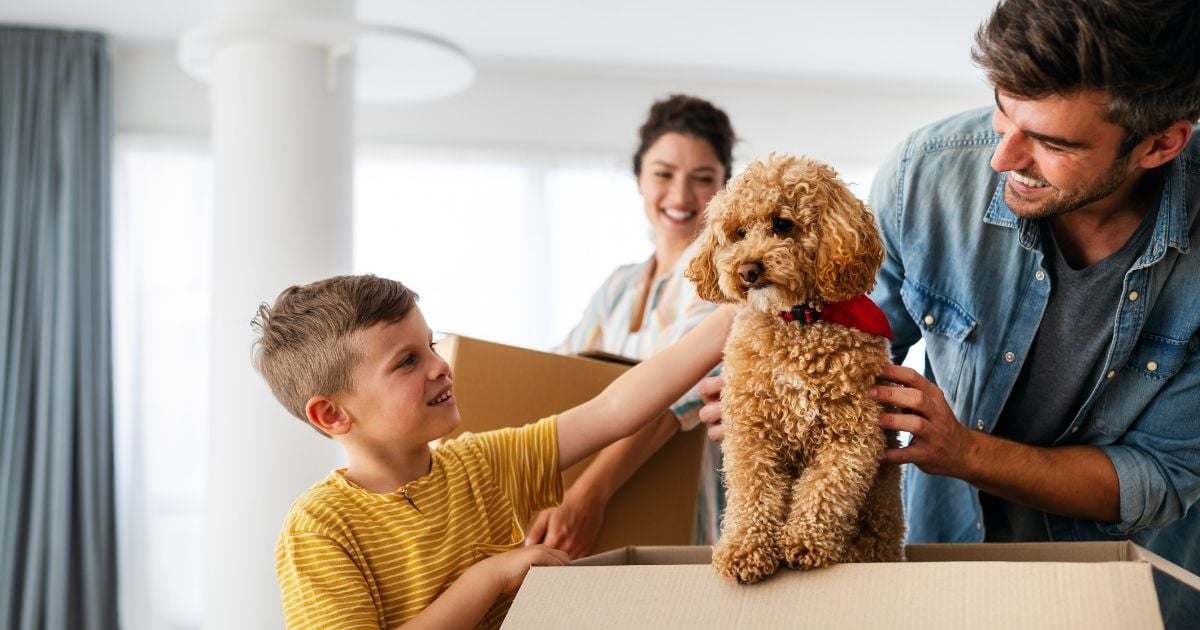Interstate pet transport tips to keep your furry friend happy
It's not easy to pack up your life and move - particularly when you have a pet. But there are ways to make the process easier for both of you. In this article, we'll discuss some tips for making sure your pet is as happy as possible during the trip, from packing food and water to using treats to keep them entertained.
Start your move by planning ahead
If you're planning to move with a pet, it's important to start planning well in advance. The more prepared you are, the smoother the transition will be for both of you.
Here are some tips for ensuring your upcoming move with your pet is a success:
- Firstly, check to make sure your furry friend is allowed to travel interstate with you. There are certain biosecurity laws that may require any pets (other than domestic cats and dogs) to be pre-approved to be brought into your new home state. Learn more here >>
- Make sure your new place is pet-friendly. This may seem obvious, but it happens. Take note of the lack of fences, large holes under the fence, or easy-access areas. When in a new environment your pets can act out, so if your dog isn't usually much of a digger, it may still be worth putting something at the bottom of any gates or entryways, so your dog doesn't dig under. Double-check your rental agreement if you have one, to ensure they accept your pets.
- Collect your pet's medical records and keep them separate. If you're travelling long-distance and have a veterinary emergency pop up, you'll need easy access to these. We recommend keeping them with your important documents like passports, house info, and checklists for your move and taking them in the car with you.
- Check your pet insurance to see if your pets are covered for moving house, and make sure these details are updated for your move date.
- Check with your interstate removals team to see if they have any services or pet crates you can hire, to help make your Interstate pet transport less stressful.
- Pre-plan food and water for the trip. Pets can get thirsty and hungry during long car trips, so it's important to bring plenty of food and water along. Find some cheap and easy-to-pack food and water bowls.
- Pack toys and treats to keep them entertained. Pets can get bored during long car trips, so it's a good idea to pack some toys and treats to keep them occupied. Starting early you may find these on sale so you won't be breaking the bank.
- Most pets need to stretch their legs and get some fresh air, so make sure you plan some walking and stretching stops to ensure you can take breaks every few hours.
- Bring a pet carrier or crate if your pet is anxious; starting early means you can get your pet used to the pet carrier or crate beforehand - these can be daunting so you may need to start a month before your move.
- It's important to check for ticks and fleas before moving with your pet and treat them if necessary. Ticks and fleas can quickly infest an animal and cause them a lot of misery, so it's best to nip them in the bud before you move.
- If you have any doubts about your pet's health, it's important to get this checked with a vet before your move. Talk to them about any extra precautions you can take while moving. This is also a great time to see if they have vet recommendations close to your new home.
- If you're moving a cat, keep them enclosed for a few days leading up to moving day. They tend to hide on moving days. Here are some more cat moving tips on Homely>>
- Update your pet's microchip info early if you're travelling to a new city or state, or put an extra tag on their collar with your new house details.
Moving day tips and tricks

It's moving day, and your pet knows exactly what's going on. Animals are very good at picking up on the emotions and feelings of their owners, so if you're feeling stressed, they will be feeling it too. Plus, if your interstate removals team are in and out of the house, the unfamiliar faces can add more stress to your animals.
Here are some tips for keeping your pet calm and relaxed on moving day:
- If possible, keep them confined to one room in the house. This will help to reduce their stress levels and make the move less confusing for them. It'll also help keep them in the house, rather than running off down the street.
- Ensure your animals are fed early and don't feed them for the hours leading up to being transported, as this can make them car sick. Once you're on your way, feed and hydrate at your stretch stop if they need; pets can get dehydrated and hungry quickly. Note; continue giving them plenty of water right up to travel time.
- Make sure you have their toys and treats on hand to keep them entertained. This can help keep their minds off the move and stop them from feeling anxious.
- If your pet is particularly stressed, consider using a pheromone diffuser. These work to calm animals by releasing calming pheromones into the air, which can help to soothe them.
Days after the big move

Once you've finally arrived at your new home and the interstate removals are complete, it's time to let your pet explore! But before you do, make sure to take a few extra precautions to keep them safe and healthy in their new surroundings and for the next few days:
- Generally, your pets will be tired and a little out of sorts after a big move. While it may continue for a couple of days, any longer and we would recommend a vet visit to make sure everything is okay.
- Let them get used to their new surroundings gradually. Walk with them in the backyard, or if going for walks, take them small distances and keep a close eye on them as they navigate this new environment.
- Check your fences and gates for any weak spots that could be easily climbed or dug, especially any that you hadn't seen in photos or inspections of the new house. Keep an eye on your pet to see if they gravitate toward any specific areas.
- Your pet may experience a loss of appetite after the move. Normally this will slowly return to normal over a day or two once they feel more comfortable, but if not, you should consider seeing your vet.
- If your pet is experiencing diarrhoea, vomiting, or dizziness after moving house, it's important to keep an eye on them and potentially take them to the vet if it hasn't improved within a couple of days. These symptoms can be indicative of many things, such as stress, motion sickness or even parasites, and should not be ignored - moving to a new environment can cause health issues to rise to the surface.
Moving house either locally or interstate can be a stressful experience for humans and pets alike. By taking some simple precautions, you can help to make the move as smooth as possible for your furry friend. And once you're settled in, your pet will be able to enjoy its new home just as much as you do!

